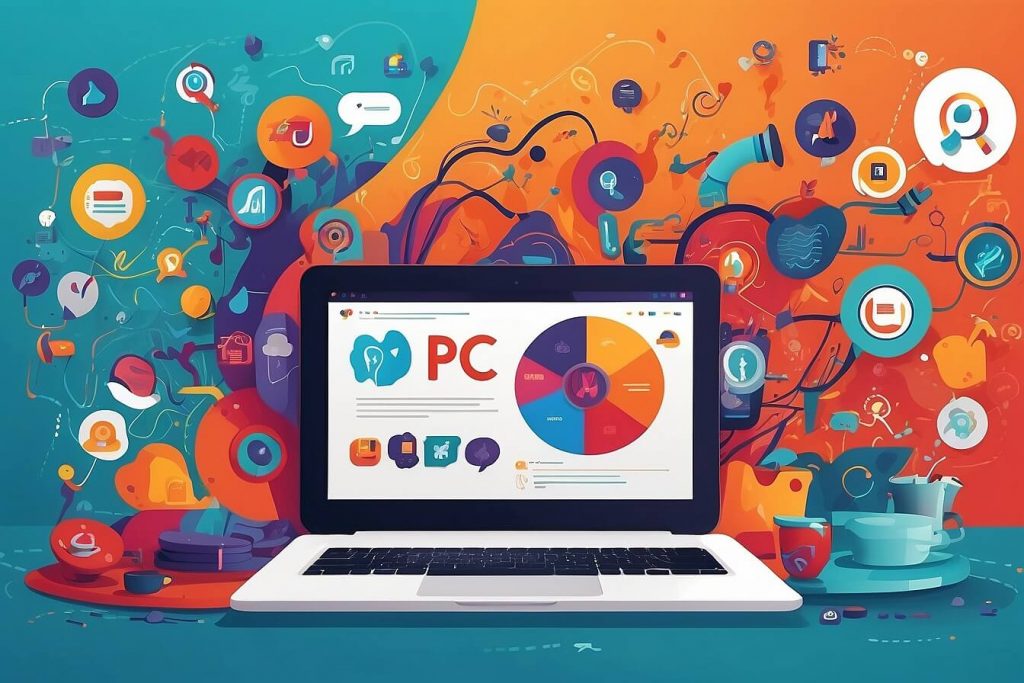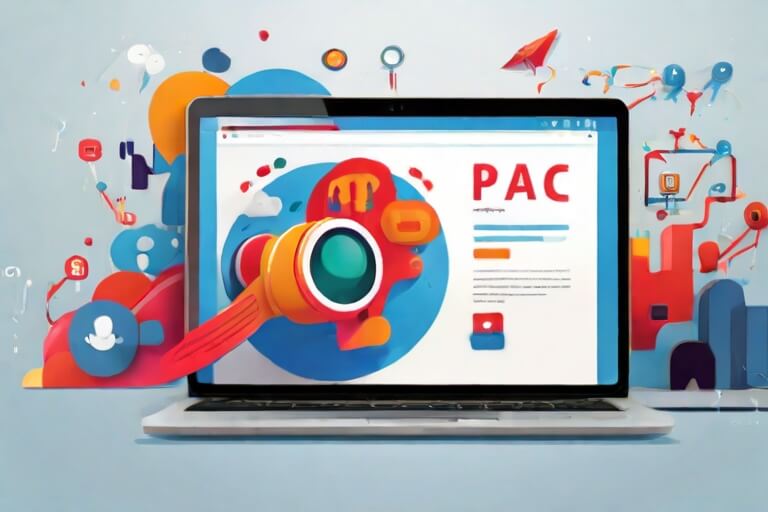AI-Enhanced Ad Copy Testing: Iterating for Maximum Impact

In a highly competitive advertising landscape, the importance of ad copy testing cannot be overstated. As businesses strive to connect with their target audience and maximize the impact of their advertising campaigns, it is crucial to understand what works and what doesn’t. Ad copy testing allows companies to fine-tune their messaging, optimize their marketing strategies, and ultimately improve their bottom line.
So, how exactly does ad copy testing help in maximizing advertising impact? Firstly, it provides valuable insights into the preferences and behaviors of the target audience. By experimenting with different variations of ad copy, businesses can gauge audience response and identify which messages resonate the most. This knowledge allows them to craft compelling and persuasive messages that are more likely to capture attention and drive desired actions.
Furthermore, ad copy testing enables businesses to measure the effectiveness of their advertising efforts. By testing different versions of ad copy, marketers can track key performance indicators such as click-through rates, conversion rates, and engagement metrics. This data-driven approach not only helps in identifying the best-performing ads but also provides valuable information for future campaigns. With the insights gained from ad copy testing, businesses can make more informed decisions, allocate resources more effectively, and continuously refine their advertising strategies to achieve optimal results.
In summary, ad copy testing is an essential tool for businesses looking to maximize the impact of their advertising efforts. By understanding the preferences of their target audience and measuring the effectiveness of their messaging, companies can craft compelling ad campaigns that drive desired actions and deliver measurable results. In the next sections, we will explore the role of artificial intelligence in ad copy testing, the benefits it brings, and delve into various approaches and best practices to implement AI-enhanced ad copy testing strategies.



